One of several nature reserves in Egypt, Elba Mountain Nature Reserve is located in south-eastern Egypt in the Eastern Desert which extends between the Red Sea coast in the east and the Nile Valley in the west.

It is surrounded by a series of mountains that stand on the shared border between Egypt and Sudan on the Red Sea.
The mountains standing on the border of the reserve are made of granite and basement rocks.
The reserve is one of many tourist attractions in Egypt that cry for the attention of tourists and nature lovers.
The coastal line of the reserve is surrounded by sandy formations with dense vegetation. Thanks to its ecosystem variations, including mountains, valleys, plains, coastal and marine areas, Elba region is known to be the richest as far as the types of animals, birds, reptiles and wild plants available in it are concerned.
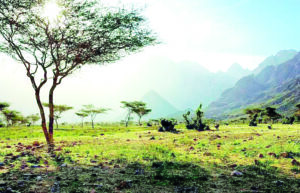
The reserve consists of around 45 Red Sea islands that are all located inside Egyptian territorial waters.
Coastal mangroves grow on some of the Red Sea islands of the reserve, but in separate places, especially near Safaga and Ras Benas.
Mangrove trees were rehabilitated on the Red Sea coast and the Gulf of Aqaba. This rescued the trees from harmful activities, such as excessive weeding.
Al-Abraq area at the heart of the reserve contains a series of beautiful valleys, plains, mountains and plateaus.
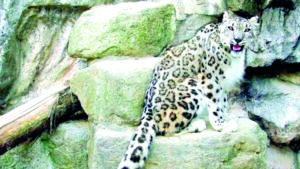
Matching it in beauty is the Dweib area which contains a large number of wild plants. The area is also home to many types of wild animals.
Mountain Elba, on the eastern site of the reserve on the Red Sea, has its own very unique nature.
The area is considered the most important habitat for plant and animal life in Egypt.
It serves as the basis of the Elba Mountain reserve, covering around 35,000 square kilometres.
Average rainfall in the Elba Mountain area does not exceed 50 millimetres.
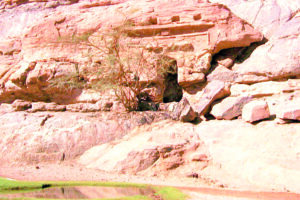
Nevertheless, the location of the mountain, facing the sea, increases the rate of precipitation to 200 millimetres at the top of the mountain, with moisture coming with the air on the Red Sea side condensing and turning into water.
The coast line bends at the Elba Mountain area, towards the east, expanding the area of the front facing the sea, giving it the form of a strip of flat land.
The mountain is a block that is interrupted by a number of small valleys that lead down to the plains.
Among these large valleys of the reserve is Udayb Valley which ends at the northern and north-eastern flanks of Elba Mountain.
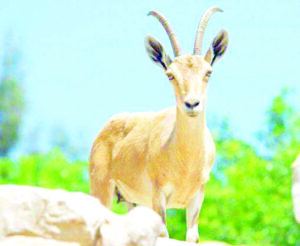
There is another main valley on the southern side of the reserve, namely Serimati Valley. It is an open gathering of acacia.
The flora and fauna of this valley is directly affected by the amount of water available.
There are the highest manifestations of diversity in this area, compared to any other region in Egypt of equal size.
The Elba Mountain area contains a number of species of living creatures that cannot be found anywhere else in Egypt.
These creatures belong to the tropical African region.

The area also consists of at least 500 species of plants, including – among other bewildering species – non-flowering plants (ferns and lichens), which are fairly common in the high areas of the mountain.
The Elba Mountain Reserve can best be reached from the southern Egyptian city of Aswan.
Some of the city’s tour operators organise tours to the reserve and provide services to tourists, including food and beverages and help them camp out for some time.
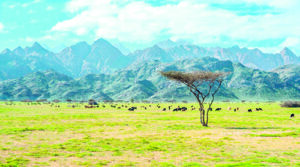



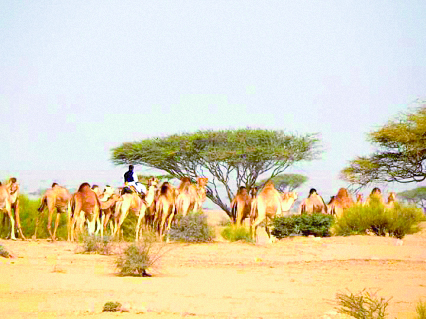


Discussion about this post